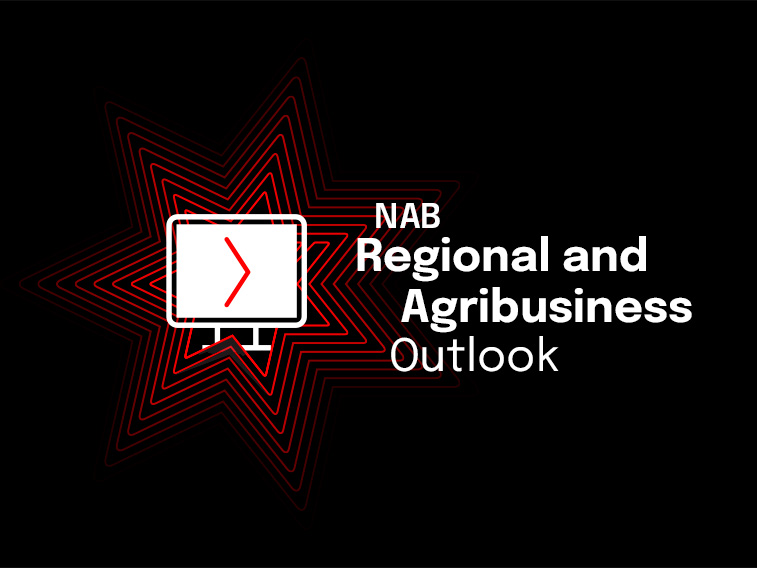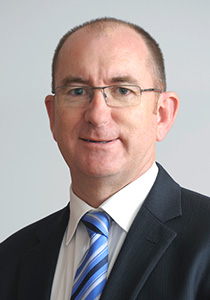The latest NAB Regional & Agribusiness webinar provides insights on the Australian & Global Economies, and a regional and rural property update. Watch the webinar here.

Webinar
Does focusing on staff satisfaction and building a reputation as a great place to work translate into bottom line benefits for companies? Analytics company SAS believes the answer is yes.

US-headquartered analytics giant SAS has earned accolades and recognition as one of the best companies in the world to work for, with its culture of generous benefits, a staff-friendly work environment, and reward and recognition programs. Business View spoke to Brendan Gregor, SAS Australia’s HR Director, about the business benefits of putting your people first.
Differences in national laws mean the 14,000 staff SAS has working with customers in over 148 countries don’t all get exactly the same benefits but none have any reason to complain.
SAS’s Australian female staff receive 40 weeks’ paid maternity leave[1] while fathers get two weeks’ paternity leave. Even the baby gets a $300 gift. Staff don’t get sick leave but instead personal leave, which they are encouraged to take for any reason they see fit.
Once staff have notched up four years’ service, they receive an additional three days of paid leave a year. The company subsidises staff’s education and medical expenses, and matches a certain percentage of voluntary contributions to superannuation.
As well, SAS provides a range of reward and recognition programs. These involve employees being presented with a trophy and monetary reward for work anniversaries or above-average performance (and it is peers, not managers, who decide who gets the performance awards).
Just in case all that’s not motivating enough, SAS contributes to community organisations. SAS’s Data For Good program is assisting organisations like Black Dog Institute to improve mental health awareness. SAS is also a long-standing supporter of Special Olympics Australia; support that includes financial contributions and an active program of staff participation that gives staff the fulfilling feeling that comes with working for an organisation that’s helping save and transform lives.

Brendan Gregor, HR Director for SAS’s Australian and NZ division, says the company’s headquarters in Cary, North Carolina, is “particularly impressive”.
“It’s a sprawling campus with subsidised day care, medical centres, wellness centres, child care facilities and an authentic focus on work-life balance,” says Gregor. “We don’t have the scale for that in Australia but some local offices do have sporting facilities.”
At this point you’re probably asking two questions: why does SAS do all this and can it possibly pay off? The answers are: Dr Jim Goodnight and yes, it would appear so.
“Dr Goodnight was an academic at North Carolina State University who quit to launch SAS in 1976,” says Gregor. “Right from the start he believed people should always feel special about working at SAS. A well-known quote of his is, ‘95 per cent of a company’s assets drive out the front gate every night; the CEO must see to it that they return the following day.’”
As counter-intuitive as it might seem to many employers, showering staff with benefits appears to have real business benefits. While attempting to quantify the ROI of staff benefits is a notoriously difficult undertaking, Dr Goodnight’s decision to establish SAS and focus on his people seems to have paid off – the business he founded has annual revenues in the billions.
“To take one example of increasing benefits improving the bottom line, six years ago we introduced policies that not only allowed mothers to take plenty of time off after giving birth but to up their hours at a pace they were comfortable with as their children grew older,” Gregor says. “Since then we’ve had a 100 per cent retention rate for all staff members who’ve given birth.
“We don’t have trouble either attracting or retaining talented staff. The staff we have are happy, creative and productive. SAS always places highly on ‘Best Places to Work’ surveys [run by publications such as Fortune] both in Australia and around the world. When surveyed, 90 per cent of our Australian workforce and 100 per cent of our New Zealand workforce said SAS is a great place to work.”[2]
SAS is not resting on its laurels. It quizzes its workforce annually about what SAS should do next.
“It’s not solely about benefits but the gist of the survey is: ‘What should SAS look like in 12 months’ time?’” says Gregor. “The responses aren’t kept confidential by management; they’re broadcast throughout the organisation.
“At that point, departments put action plans in place to make sure SAS remains the kind of place our staff want to work at. So when business owners and managers ask about how to do what SAS does, my response is they should start by consulting with their staff about what they want the future to look like.”
Gregor, who’s worked for a range of organisations over the course of his career, believes the SAS approach is scalable.
“One of my first jobs was working in distribution for PepsiCo with a different sort of workforce to the one at SAS,” he says.
“I’ll never forget a manager there telling me, ‘If you treat people with respect, show you trust them and share with them high quality information, that will be repaid in spades.’ That has since proven to be my experience.”
© National Australia Bank Limited. ABN 12 004 044 937 AFSL and Australian Credit Licence 230686.